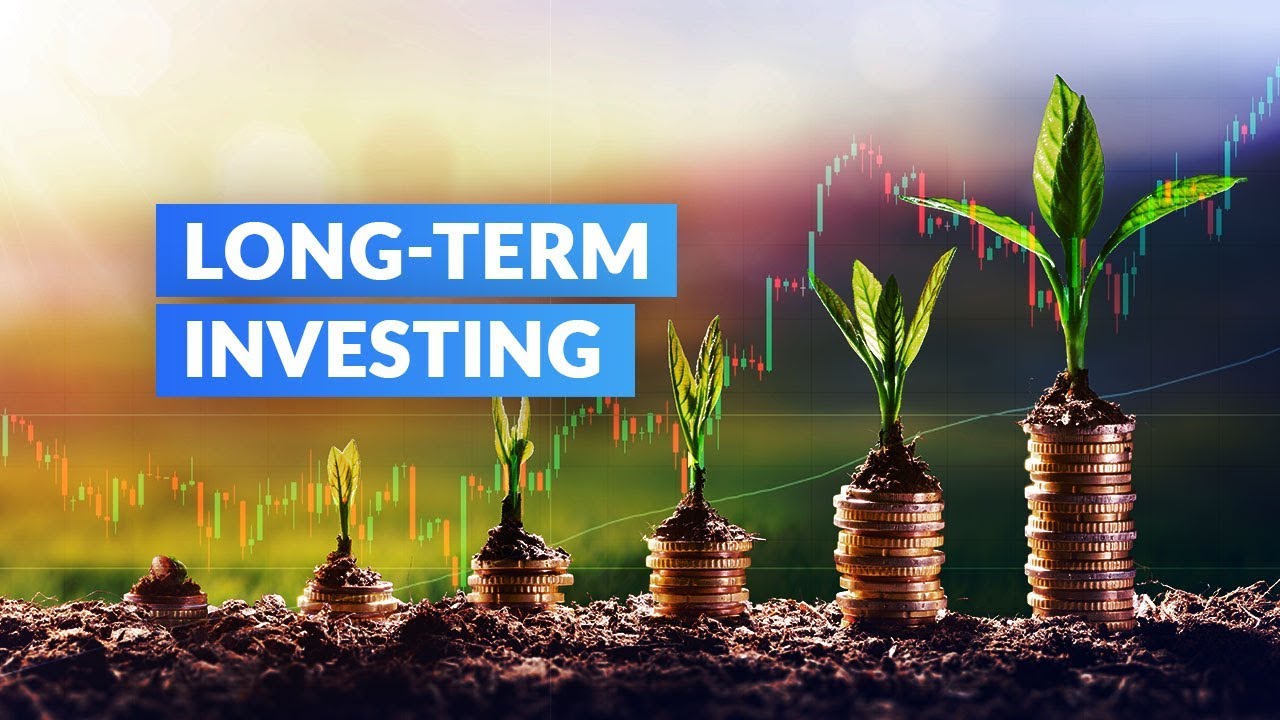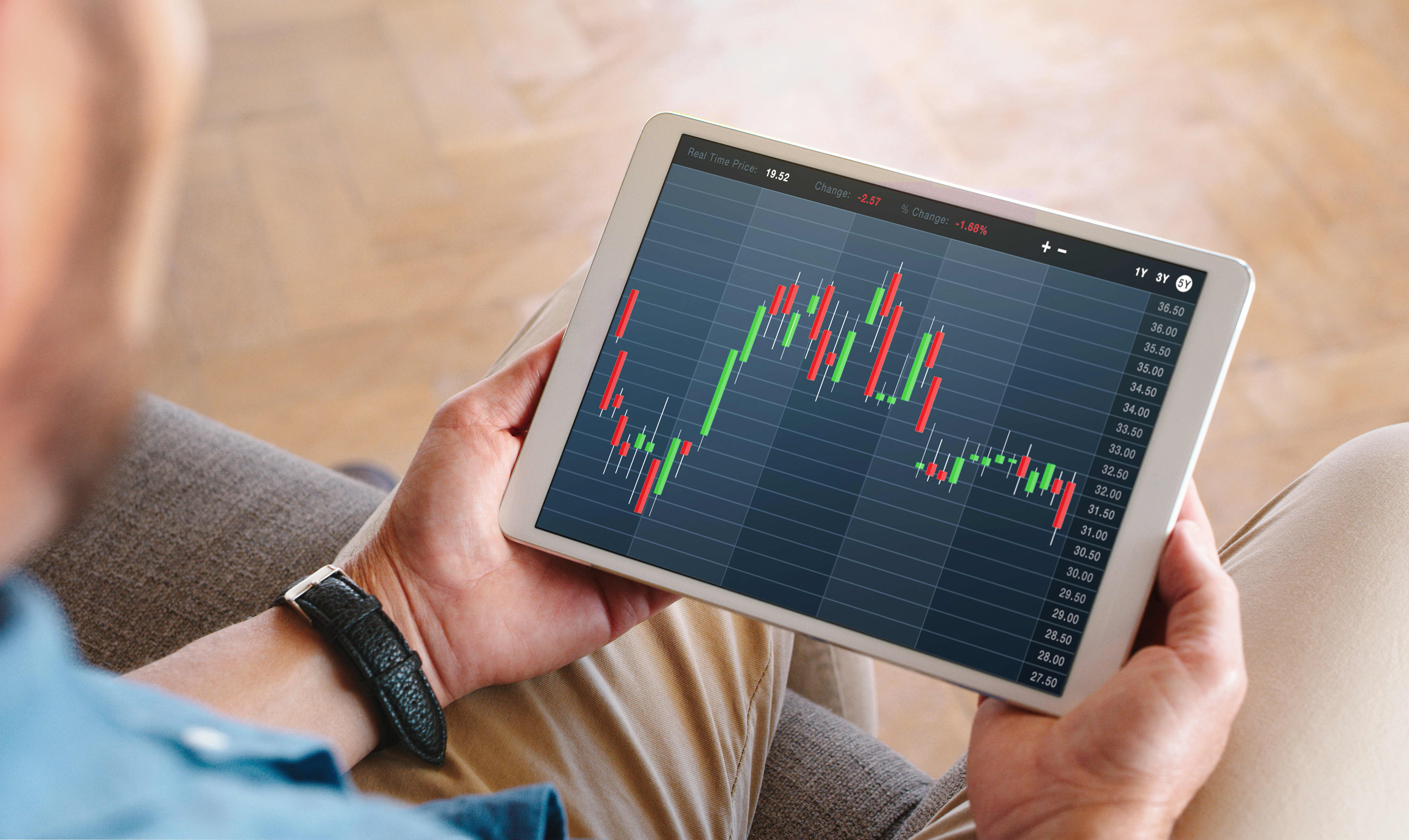
Advantages of Long-Term Stock Ownership
Keeping assets for more than a year is a long-term investing approach. Holding investments such as equities, bonds, mutual funds, exchange-traded funds (ETFs), and more is part of this approach. A long-term strategy demands patience and discipline. This is due to the fact that investors need to be able to tolerate a certain level of risk in order to wait for future returns that will be greater.
One of the greatest methods to increase money over time is to invest in and retain stocks. For instance, the S&P 500 has only seen yearly losses in 13 of the last 50 years, going all the way back to 1974. This shows that the stock market produces returns the majority of the time.
Improved Long-Term Profits
An investment class is denoted by the word asset class. Like fixed-income assets (bonds) or equities, sometimes known as stocks, they have similar traits and attributes. The ideal asset class for you will rely on a number of variables, such as your age, investing objectives, risk tolerance, and profile. But which asset types suit long-term investors the best?
Stocks have usually beaten practically all other asset types when we examine returns over multiple decades. Between 1928 and 2023, the S&P 500 returned a geometric average of 9.80% annually. This is in contrast to the returns on three-month Treasury bills (T-bills) of 3.30%, the returns on 10-year Treasury notes of 4.86%, and the returns on gold of 6.55%, to mention a few.
In the stock markets, emerging markets offer some of the largest potential returns, but they also include the highest level of risk. Although this class has traditionally produced excellent average yearly returns, its performance has been influenced by transient variations. As of December 29, 2023, for example, the MSCI Emerging Markets Index had a 10-year annualized return of 2.66%.
Both big and small caps have produced returns that are above average. As of January 26, 2024, the Russell 2000 index, which gauges the performance of 2,000 small businesses, has yielded a 10-year return of 7.08%.4 As of the same day, the large-cap Russell 1000 index had returned an average of 12.39% during the previous ten years.
You Experience Ups and Downs

Stocks are seen as long-term assets. This is partially due to the fact that it is common for stock values to decrease by 10% to 20% or more in a shorter amount of time. In order to improve their long-term return, investors have the chance to ride out some of these highs and lows across a number of years or even decades.
When examining stock market returns dating back to the 1920s, those who invest in the S&P 500 for a 20-year period almost never lose money.7. If investors had invested in the S&P 500 and held it continuously for 20 years, they would have gained money—even after accounting for losses like the Great Depression, Black Monday, the IT boom, and the financial crisis.
Even if historical performance does not guarantee future results, it does indicate that, given enough time, long-term stock investment often produces profitable outcomes.
Less Emotional But More Lucrative Decisions
Honestly, we're not as collected and logical as we think we are. Actually, the inclination toward emotionalism is one of the fundamental defects in investor behavior. Many people say they are long-term investors, but when the market starts to decline, they usually take their money out to prevent more losses.
When the market recovers, a lot of people sell their stocks. Actually, they usually only make a comeback after the majority of the profits have been realized. Returns to investors are often severely harmed by this kind of purchase high, sell low activity.
In the thirty years that ended on December 31, 2022, the S&P 500 had an average annualized return of 9.65%, according to Dalbar's Quantitative Analysis of Investor Behavior research. The typical investor in equities funds had an average yearly return of around 6.81% during the same period of time.
This occurs for a number of reasons. Just a few of them are included here
-
Investors are afraid of becoming sorry. People often follow the hype instead than using their own discernment, particularly during down markets. Individuals often sell their assets to allay fears that they would regret keeping onto their stocks and lose a significant amount of money as a result of the equities' decline in value.
-
a feeling of pessimism as circumstances change. During market rises, optimism is prevalent; nevertheless, when things go south, the reverse is true. Short-term surprise shocks, such those pertaining to the economy, may produce oscillations in the market. It's crucial to keep in mind, however, that these disruptions are often transitory and that things will almost certainly improve.
Overly attentive stock market investors can hurt their prospects of success by attempting to timing the market too often. An easy buy-and-hold long-term strategy would have produced far superior returns.
Reduced Rate of Capital Gains Tax

A capital gain is the outcome of any profits from the sale of any capital assets. This includes any possessions you may have, such furniture, as well as financial assets like stocks, bonds, and real estate.
Taxes on gains are paid at the same rate as regular income to an investor who sells a securities within a year of purchasing it. We call them "short-term capital gains." This tax rate may reach 37%, depending on the individual's adjusted gross income (AGI).
Long-term capital gains occur when assets that have been held for more than a year are sold. The maximum tax rate on the profits is about 20%. A 0% long-term capital gains tax rate may potentially be available to investors in lower tax rates.
More Economical
Money is one of the primary advantages of a long-term investing strategy. Longer stock holding periods in your portfolio are more economical than frequent buying and selling since you incur less fees throughout the course of your holdings. How much does all of this cost, though?
As was covered in the last section, you save money on taxes. The Internal Revenue Service (IRS) must receive reports of any profits from stock transactions. Your tax burden ultimately rises as a result, costing you more money. Recall that you may lose more money on short-term capital gains than on longer-term stock holdings.
Afterwards, there are transaction or trading fees. The kind of account you have and the investment company managing your portfolio determine how much you pay. For example, you could be assessed a markup or a commission. The markup is applied when the transaction is made via their own inventory, but the fee is subtracted when you purchase and sell through a broker. Your account will be billed for these expenses each time you trade stocks. This implies that every sell you make will reduce the balance in your portfolio.
2024 will see a large increase in the number of active investors using online brokerages that provide fee-free transactions. You may not have to pay for some or all of your deals in these situations. Nevertheless, it is crucial for investors to evaluate the time they put in trading vs the performance gap between an active and a buy-and-hold strategy over a longer period of time.
Gain From Dividend Stock Compound Interest

Corporate gains from profitable businesses are given out as dividends. These are often defensive equities or blue chips. Companies that do well when the stock market declines or the economy is doing poorly are considered defensive stocks.
You may profit from these firms' performance by receiving regular dividend payments, which are typically paid out every quarter to qualified shareholders. You should reinvest the dividends back into the firms that really pay them, despite the alluring thought of cashing them out.
You will be familiar with compound interest and how it impacts your money if you own any bonds or mutual funds. whatever interest computed on the principle balance of your stock portfolio plus whatever interest you have previously earned is known as compound interest. This implies that any interest (or dividends) that your stock portfolio accrues will eventually compound, adding to the total amount in your account over time.
Top Stock Types to Hold for a Long Time
When you wish to buy stocks, there are a number of factors to take into account. Think about your investing objectives, age, and risk tolerance, among other factors. Gaining control over all of this will enable you to choose the kind of stock portfolio that will enable you to achieve your objectives. As a starting point, you may modify this generic approach to fit your own circumstances:
-
Select index funds. These are exchange-traded funds (ETFs) that trade similarly to stocks and follow certain indexes, such the Russell 1000 or the S&P 500. However, these funds are less expensive than stocks, and you won't have to choose and select which firms to invest in. The returns from index funds are comparable to the indices they follow.
-
Think about stocks that pay dividends. These kinds of equities, particularly when dividends are reinvested, may contribute to the value of your portfolio.
-
Businesses with rapid expansion may strengthen your holdings. Growth stocks are often linked to businesses that can produce revenue much more quickly and at a greater pace than other types of businesses. Additionally, they are more qualified to provide impressive profit reports. But bear in mind that this amount of development entails a larger degree of danger, so if you want to pursue this path, you'll need to be a bit more astute than inexperienced investors.
Read Also: Maintaining Stocks For Your Business
What Are the Long-Term Tax Benefits of Stock Ownership?
Capital gains are subject to both short- and long-term holdings taxation by the IRS. While long-term profits are taxed on the sale of assets held for more than a year, short-term capital gains are taxed on assets sold within a year of purchase.
Due to the fact that short-term capital gains are considered regular income, your tax rate may reach 37%. However, only a tax of 0%, 15%, or 20% applies to long-term profits. Your filing status and adjusted gross income determine the rate.


